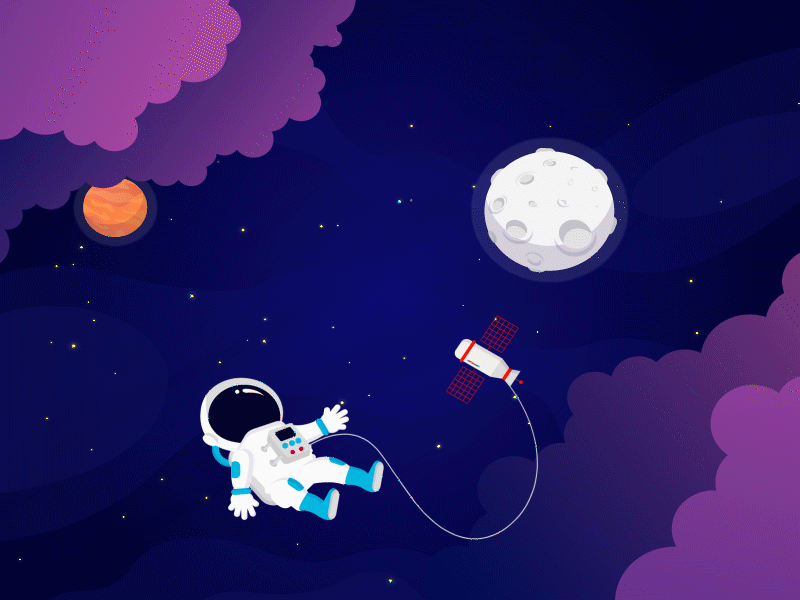IMPORTANCE OF REMOTE SENSING FOR SCIENCE & ENVIRONMENT



Remote Sensing is important for understanding and managing our planet. It provides valuable data about the Earth's surface, including location, climate, temperature, and monitoring the ecosystems. This information is vital for environmental monitoring, disaster management, resource management, and even urban planning.
Remote Sensing is important for scientific and environmental studies, as it offers a unique capability to remotely monitor and analyze the Earth's surface, providing valuable data for understanding climate change, land degradation, and resource management, facilitating informed decision-making for sustainable development and environmental conservation.

Ms. Mirella Díaz Núñez is a Geographic Engineer with a Master's degree in Geographic Information Technology and co-author of the publication "Geospatial Information Management: A Guide to Good Practices for the Implementation of Institutional Spatial Data Infrastructures." More than 13 years of experience in geospatial and georeferenced data applied to territorial analysis and disaster risk management, through the generation of digital cartography, georeferenced databases, raster and vector information, thematic maps, cartographic conditioning, thematic modeling, organization of working groups, and optimization in product development. I also have a high level of proficiency in digital, analog, and alphanumeric cartographic development programs, using remote sensing tools and geographic information systems to improve information management and support decision-making, research projects, and, in particular, their application in planning and territorial management.
Upon completion of this course, participants will be able to:
Availability: 2025-01-01 from to 2025-12-01
Mode: ONLINE RECORDED
Topics: 1
Lecturers: 1
Vacancies: 15